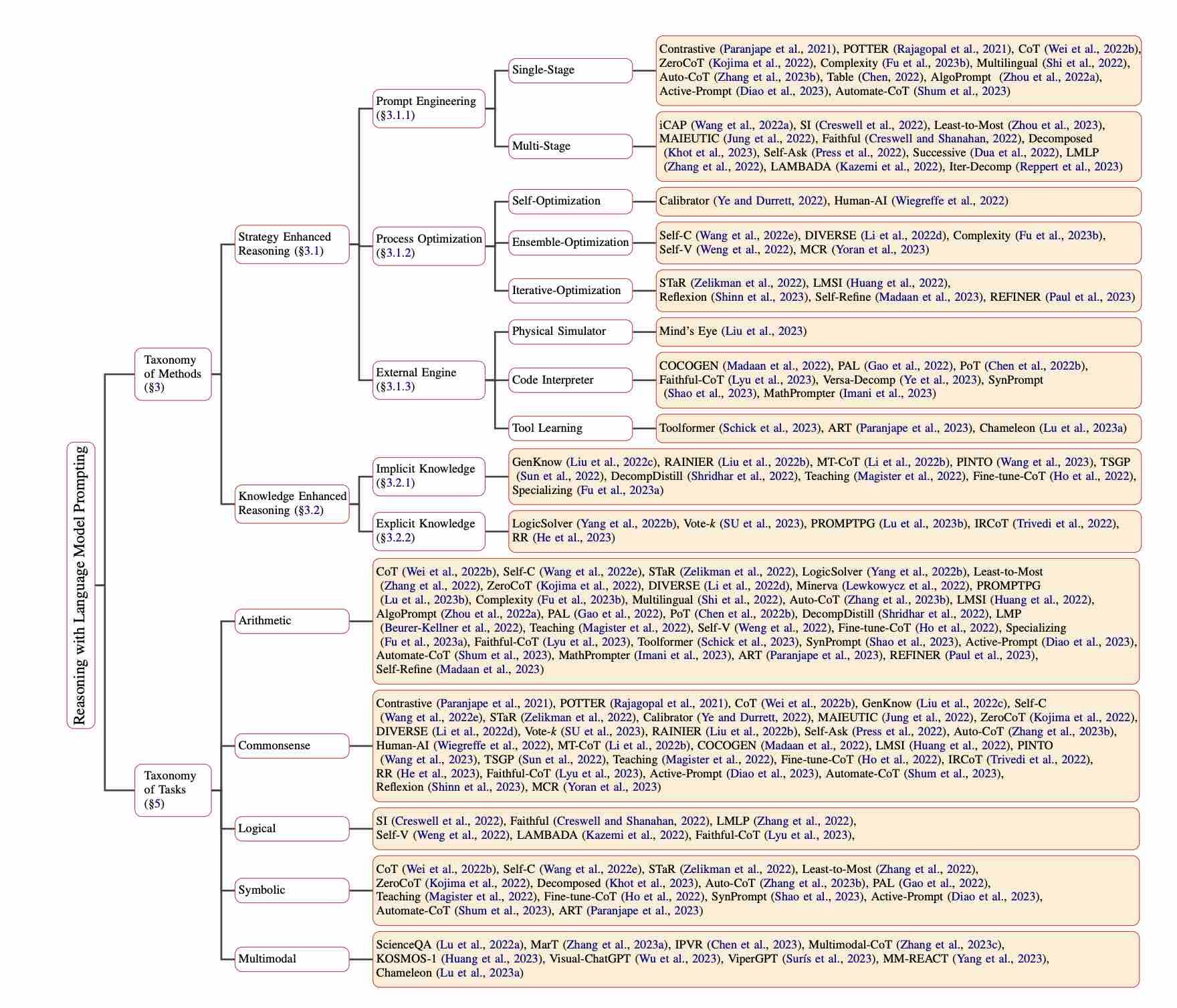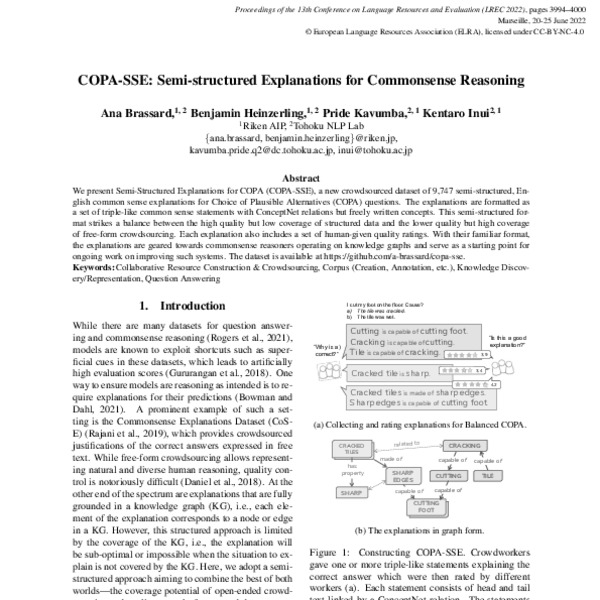Structured Commonsense Reasoning in Natural Language Processing
Structured commonsense reasoning in natural language processing involves automated generation and manipulation of reasoning graphs from textual inputs. This domain focuses on enabling machines to understand and reason about everyday situations like humans, translating natural language into interconnected concepts mirroring human logical processes.
One of the key challenges in this field is accurately modeling and automating commonsense reasoning. Traditional methods often struggle with error propagation and robust mechanisms for correcting inaccuracies during graph generation, leading to incomplete or incorrect reasoning structures. Improving methods is crucial to enhance the accuracy and reliability of automated reasoning systems.
Advancements in Commonsense Reasoning
Research in structured commonsense reasoning includes frameworks like COCOGEN, which utilizes programming scripts to guide large language models (LLMs) in generating structured outputs. Despite advancements, COCOGEN still faces challenges with style mismatch and error propagation. The self-consistency framework enhances model reliability by aggregating common results from multiple samples. Training-based methods use verifiers and re-rankers to refine sample selection, aiming to align outputs more closely with human judgment. These methods demonstrate evolving strategies to address complexities in natural language processing reasoning.
Introduction of MIDGARD by the University of Michigan
Researchers at the University of Michigan have introduced MIDGARD, a novel framework that uses the Minimum Description Length (MDL) principle to enhance structured commonsense reasoning. Unlike previous methods relying on single sample outputs prone to error propagation, MIDGARD synthesizes multiple reasoning graphs to produce a more accurate and consistent composite graph.

MIDGARD’s methodology involves generating diverse reasoning graphs from natural language inputs using a Large Language Model like GPT-3.5. These graphs are processed to identify and retain commonly occurring nodes and edges, discarding outliers using the MDL principle. The consistency and frequency of these elements are rigorously analyzed to ensure correct reasoning patterns are reflected.
Performance and Benchmarking
MIDGARD has shown significant improvements in structured reasoning tasks. For example, in the argument structure extraction task, the edge F1-score was increased from 66.7% to 85.7%, indicating a significant reduction in error rates compared to baseline models. Additionally, MIDGARD consistently achieved higher accuracy in semantic graph generation across various benchmarks, validating its effectiveness in synthesizing accurate and reliable reasoning graphs from multiple samples.

Conclusion
In conclusion, the MIDGARD framework represents a significant advancement in structured commonsense reasoning by utilizing the Minimum Description Length principle to aggregate multiple reasoning graphs. This approach reduces error propagation and enhances the accuracy of reasoning structures. MIDGARD’s robust performance across benchmarks demonstrates its potential to improve natural language processing applications, contributing to the development of more reliable AI systems capable of human-like logical reasoning.
Check out the Paper.




















